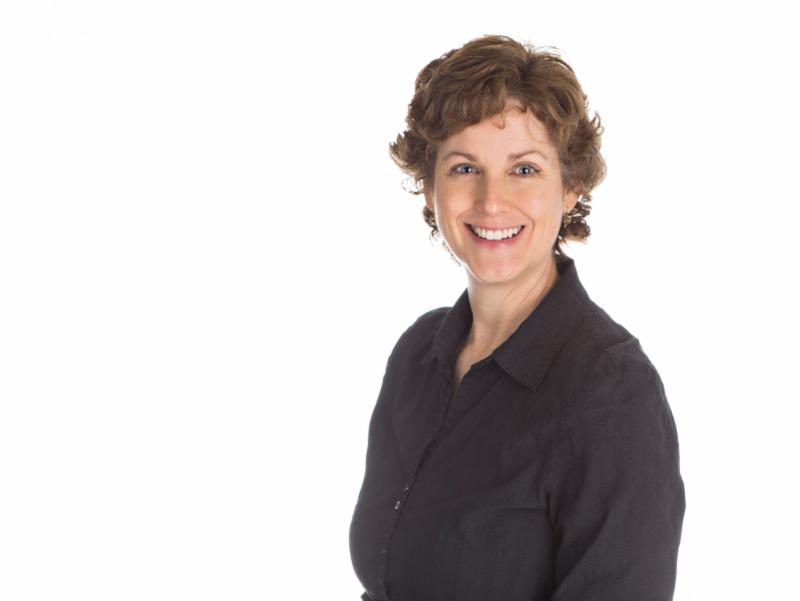Dear Fitness Centre Members,
Due to the recent mandate announced by the Government of New Brunswick, we will be required to see proof of full vaccination (2 doses) and government issued photo identification for your membership to remain active.
You may present the following as proof of vaccination:
- MyHealthNB record
- Immunization record from an RHA clinic, pharmacy or Public Health
- Photo or copy of immunization record
- Proof of vaccination from another jurisdiction
Beginning Tuesday, September 21st, 2021 at 8:00pm all keys will be deactivated and the fitness centre will only be accessible to members who have presented proof of vaccination. You may do so by emailing a photo of the your Photo Identification AND proof of full vaccination to sarah.hpcphysio@gmail.com or present these documents in person during staffed hours.
All current Covid protocols will remain in place at this time (ie. wearing of masks while moving about, cleaning of equipment, etc.)
If you have any questions or concerns please don’t hesitate to email sarah.hpcphysio@gmail.com or call 738-3554. Check our facebook page or website to stay up to date as the situation may change frequently.

